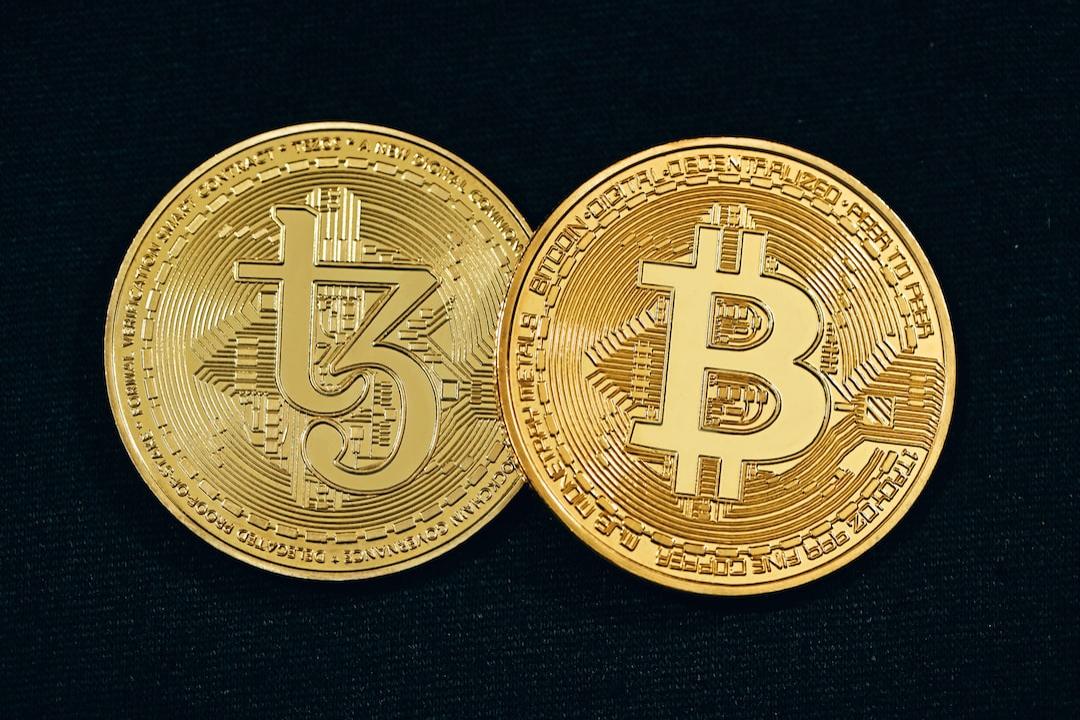With the U.S. Federal Reserve’s upcoming interest rate decision, global markets are holding their breath. This article will analyze the impact of this decision on financial markets, cryptocurrencies, and economic prospects, and explore market expectations and potential risks for future policy directions.
(Background: Tonight’s Fed meeting focuses on three key points: the interest rate dot plot, quantitative tightening adjustments, and tariff impact assessments.)
(Context: Trump will discuss with Putin tonight, proposing 3 red lines to end the war in Ukraine, experts suggest that the outcome of peace talks could affect *’s military stance on Taiwan.)
In the early morning of March 20, Beijing time, the U.S. Federal Reserve will announce its latest interest rate decision, followed by a press conference by Chairman Powell. Global markets are on edge in anticipation.
Financial markets are facing many uncertainties. What makes this meeting unique is that it will comprehensively assess the impact of a series of new policies by the Trump administration on the U.S. economy. U.S. Federal Reserve policymakers will discuss progress on inflation control and decide whether to adjust monetary policy.
Market pressure has already built up, with Bitcoin experiencing a retreat.
Optimism only lasted a few days, as risk markets retreated once again before the U.S. Federal Reserve’s interest rate decision. As of the time of writing, Bitcoin’s price is approximately $82,715, down by 1.5% in the past 24 hours.
Mainstream cryptocurrencies such as Solana, Ethereum, and XRP have seen more significant declines. The U.S. stock market is also under pressure, with both the Nasdaq and S&P 500 indices experiencing declines. Concerns are mounting that the U.S. Federal Reserve may not immediately ease policies, despite a slowdown in February’s inflation data, which was not significant and only reflected single-month data.
The U.S. Federal Reserve is highly likely to stand pat, but the “dot plot” may hold hidden significance.
Markets generally expect that the U.S. Federal Reserve will keep the current target range of 4.25%-4.50% for the federal funds rate unchanged. According to CME Group’s FedWatch tool, traders consider the likelihood of a rate cut in March to be almost negligible.
Previously, Federal Reserve officials have repeatedly emphasized that they will take a “wait-and-see” approach, partly because President Trump’s economic policies have introduced significant uncertainty, which has already begun to affect business and consumer confidence, leading to stock market declines and concerns about a recession.
The focus of this meeting will be the “Summary of Economic Projections” released alongside the policy announcement, particularly the highly anticipated “dot plot.” This chart will display the median forecast for future federal funds rates from 19 committee members and is an important basis for market speculation on future interest rate paths.
Although Nomura analysts expect no major changes in the median forecast for this “dot plot,” given the tense market sentiment and uncertainty over future rate cut expectations, even a slight adjustment could trigger significant market volatility.
Under Trump’s “policy fog”: The shadow of stagflation looms, and Wall Street sounds the alarm.
Recent economic data and market sentiment indicate that analysts are beginning to worry about the risk of “stagflation,” meaning that in the future, any bad news for the economy could also cause U.S. stocks to fall.
Simply put, there are concerns that Trump’s policies may slow economic growth while prices rise, leading to “stagflation.” Wall Street institutions have already started to worry and adjust their expectations.
Several institutions, including JPMorgan, Goldman Sachs, and Morgan Stanley, have recently downgraded their U.S. economic growth forecasts, mainly because they believe that Trump’s restrictive trade and immigration policies could negatively impact the economy.
As for inflation, although February’s price index showed a slowdown, Goldman Sachs economists point out that, considering that the Trump administration has already started imposing tariffs and may further increase them in the future, the Federal Reserve may have to reconsider their inflation forecasts. Goldman Sachs even predicts that the Federal Reserve may raise its core inflation forecast to 2.8% in its 2025 economic outlook while lowering GDP growth to 1.8%, mainly due to the impact of tariff policies.

How will the U.S. Federal Reserve’s expectations affect the cryptocurrency market?
Bitcoin and other cryptocurrencies are typically seen as “risk assets,” and their price trends are closely tied to investor risk appetite. In a high-interest-rate environment, relatively safe assets such as bonds become more attractive, potentially leading to capital flowing out of high-risk assets like cryptocurrencies. Currently, Bitcoin’s price is hovering around $83,000, and the market sentiment index remains in the “fear” zone, which may indicate that the market has already priced in potential negative news.

According to Polymarket participants’ predictions, economic uncertainty and global tensions could intensify bearish pressure on the cryptocurrency market. Polymarket data shows that the likelihood of Bitcoin closing between $81,000 and $87,000 this week is 51%.
Summary
The U.S. Federal Reserve’s policy announcement and Powell’s speech will undoubtedly set the tone for the short-term direction of the cryptocurrency market. Dovish signals may ignite hopes of a market rebound, while hawkish stances may prolong the current downward trend. Given the already pessimistic market sentiment, any slightly positive signals could act as a catalyst for price increases. However, for cryptocurrency investors, maintaining vigilance and caution remains the best strategy in navigating market fluctuations.



